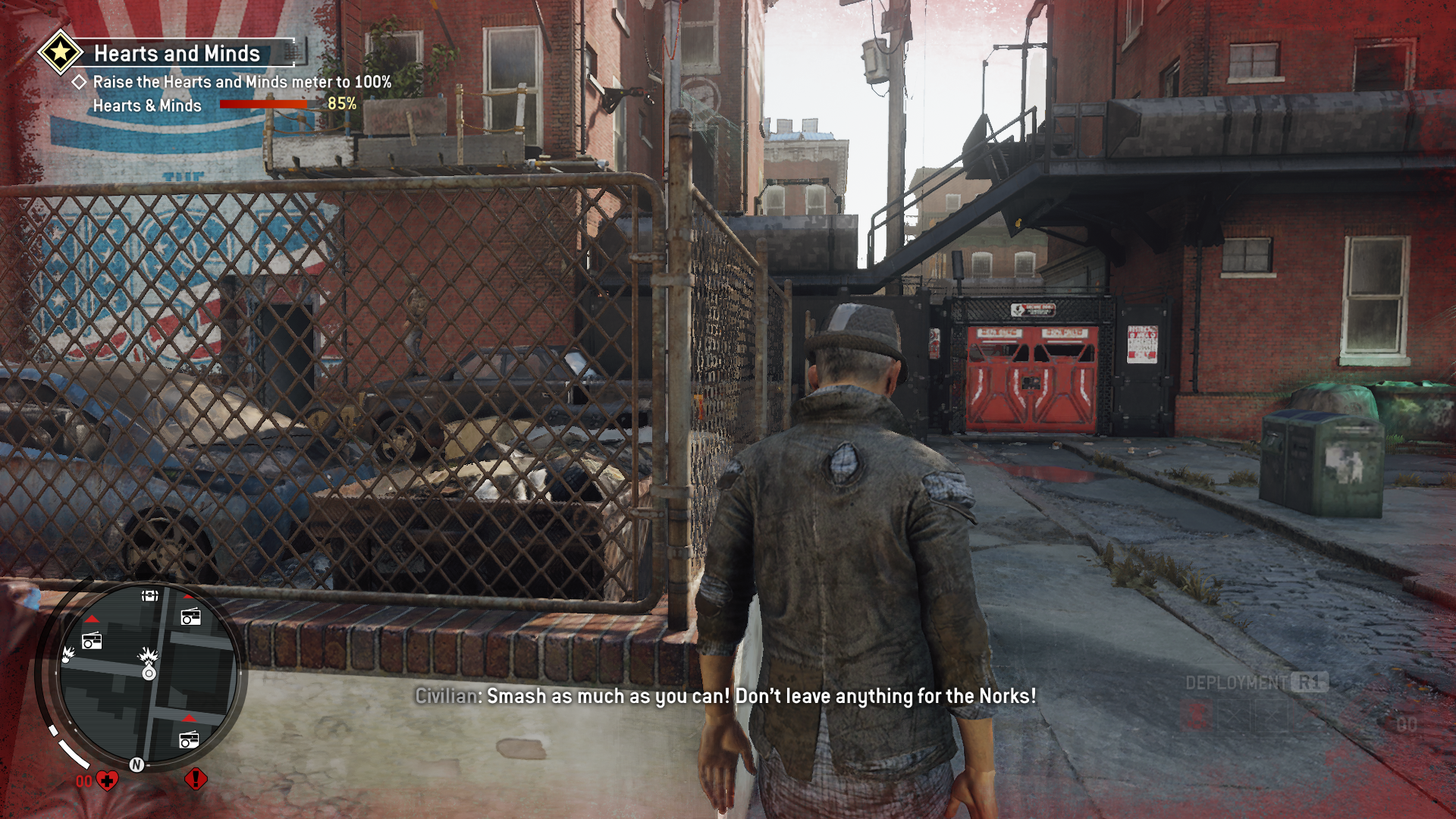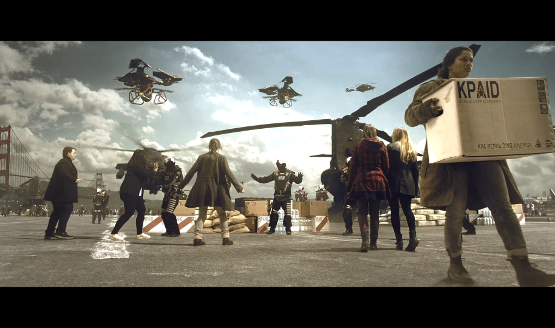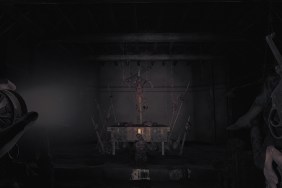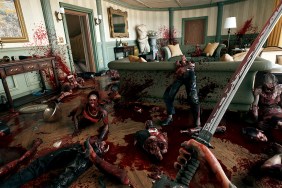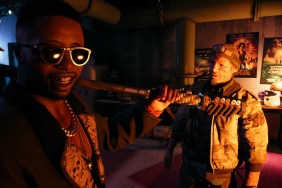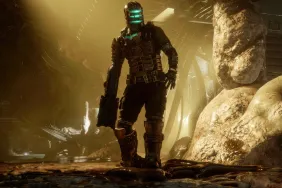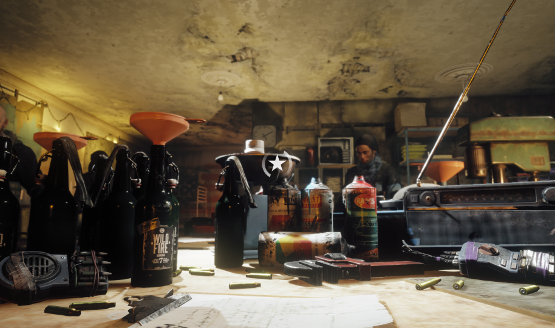
Homefront made some waves back when it debuted in 2011, largely because of its premise: North and South Korea unifying and then invading the United States. The game was not very well-received, however. Fast-forward five years, and tensions in real-life remain high between North Korea and, well, everybody else. While the totalitarian state is likely far from able to overtake any neighboring countries, the idea of the United States falling to a foreign enemy whom they purchased all their weapons from is an intriguing one. So here we are with Homefront: The Revolution. With a similar premise, but different setting in Philadelphia, does the new entry offer enough new mechanics to warrant your time and money?
Middling Story
Let’s get the ugly out of the way first — you probably won’t really care about the story. It’s full of characters who are either stereotypes, spewing cringe worthy one-liners left and right, or background cannon fodder whom you never care about. Also, everyone swears, a lot. Don’t play this game around children, because it’s pretty liberal with the foul language and violent deaths.
Having never been to Philadelphia, I cannot say for certain how much of a realistic portrayal of the City of Brotherly Love Homefront: The Revolution displays. It certainly feels like an old city, with older-looking buildings placed throughout, and narrow corridors to get lost in, or to find rebel stashes of valuables. There’s no landmarks to speak of, and the whole city looks samey. You should expect to navigate by GPS alone, because most of the streets look the same.
The CryEngine makes for some great-looking cinematics, but the actual game suffers a bit. It’s not entirely clear if the game engine is struggling, but it’s likely that some unoptimized code on the part of developer Dambuster Studios is cause for the issues we are seeing currently. A day-one patch has been issued which promises to keep the game running at 30 frames-per-second. While that appears to be the overall average framerate of the game, there are still some problems which are rather glaring.
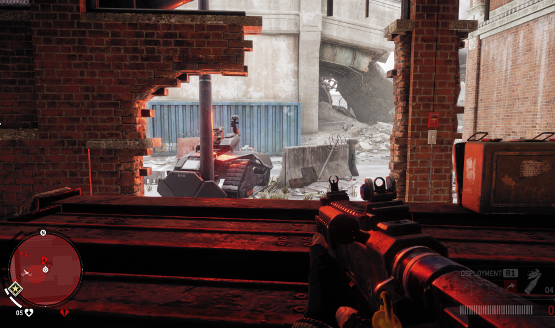
Bugout Physics
First, the game’s physics routinely bug out. In one instance, it sounded like a bunch of action was occurring outside, when in fact a container was moving erratically under another, making loud banging sounds and twitching. I had not even been to that area of the level. Another instance saw a trash can sinking through the ground, when, again, nobody had even touched it. NPCs occasionally float when they’re sitting, or glide around without animating their legs. Finally, the game outright freezes for a few seconds whenever a checkpoint is reached. It seems Homefront: The Revolution could have used a bit more polish before shipping.
Compounding these issues is the game’s AI, or rather lack thereof. All NPCs are mind-bogglingly idiotic, no matter how you slice it. Dambuster Studios compensates for this in the game’s regular and hard difficulty levels, by simply increasing the enemy’s health, decreasing their reaction times, and weakening you. Yet that compensation doesn’t work all the time, because there were multiple instances during our time with the game that an enemy would not react to the player, and became easy pickings for no good reason. They are also decorated in bright white helmets, which makes them stand out like a sore thumb in the drab gray of the city.
Friendly NPCs are even more moronic. You can recruit a small army of revolutionaries to help aid you in battle, but you’ll quickly tire of them as they crowd around you. Make sure you’re in front of your group, otherwise these idiots will block doorways, run out from cover, and generally be as useful as a jammed rifle. In one in-game conversation that was being had between my player and another story character, a random NPC walked into me, and pushed me out of the room where I was having the conversation. Suffice to say, the pathfinding capabilities of NPCs in Homefront: The Revolution needs a lot of TLC.
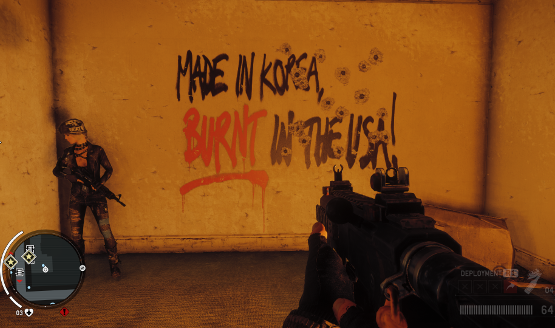
Bigger Isn’t Always Better
With a campaign length that was boasted as being 30 hours in length or longer, it sounds like you’re in for a treat — especially of games from past generations where 15 hours was considered short. Unfortunately, most of your time spent in Philly will be done doing the same basic kind of missions, to win the hearts and minds of the citizens in an area, before unlocking the area as an overwatch. If this sounds familiar, that’s because inFamous already did this exact same thing, but with better gameplay to help ease the inevitable grind. In Homefront: The Revolution, some tasks involve locating a hidden radio and tuning it to the resistance station. Problem is, some of these radios are too well-hidden, and you’ll waste a lot of time trying to jump onto platforms, only to fall because the game’s physics decide to move you when you didn’t press a thing. First-person platforming is a tough thing to get right — just ask the devs behind Mirror’s Edge, and here it falls a little short.
When you’re not doing busy work, modifying your equipped weapons can be done at any point, away from the rebels’ base, which is a nice touch. Though, once you’ve found a weapon that works for you, there’s little need to go back to swapping out parts. There are enough different base weapons, such as pistols, rifles, shotguns, and rocket launchers, that it doesn’t really make much sense to worry about swapping out parts. So this feature feels a little under-utilized.
Co-Op: Check
With such a heavy emphasis on the single-player campaign, it’s surprising to see that Homefront: The Revolution supports co-op. This Resistance mode supports up to four players, and tasks you with performing various objectives without all of you dieing. It’s lean on features, but does boast a separate progression chain from the main game, so it’s something to check out if you get bored of cutting power to a KPA generator for the upteenth time in single player.
Homefront: The Revolution fails to stir any real revolution of its own in the genre of first-person open world games. It still has a unique premise with the notion that a unified Korea could ever overtake the United States, but the game is simply adequate. Couple uninspiring gameplay with occasionally broken physics and stupendously idiotic AI, and this is a purchase for fans of the franchise only. Otherwise, just go play Far Cry.
Homefront: The Revolution review code provided by publisher. For more information on scoring please see our Review Policy here.
-
Intriguing premise
-
Good gun modifications
-
Separate co-op campaign
-
Inconsistent performance
-
Buggy physics
-
Terrible AI
Homefront The Revolution Review
-
Homefront The Revolution Review 01
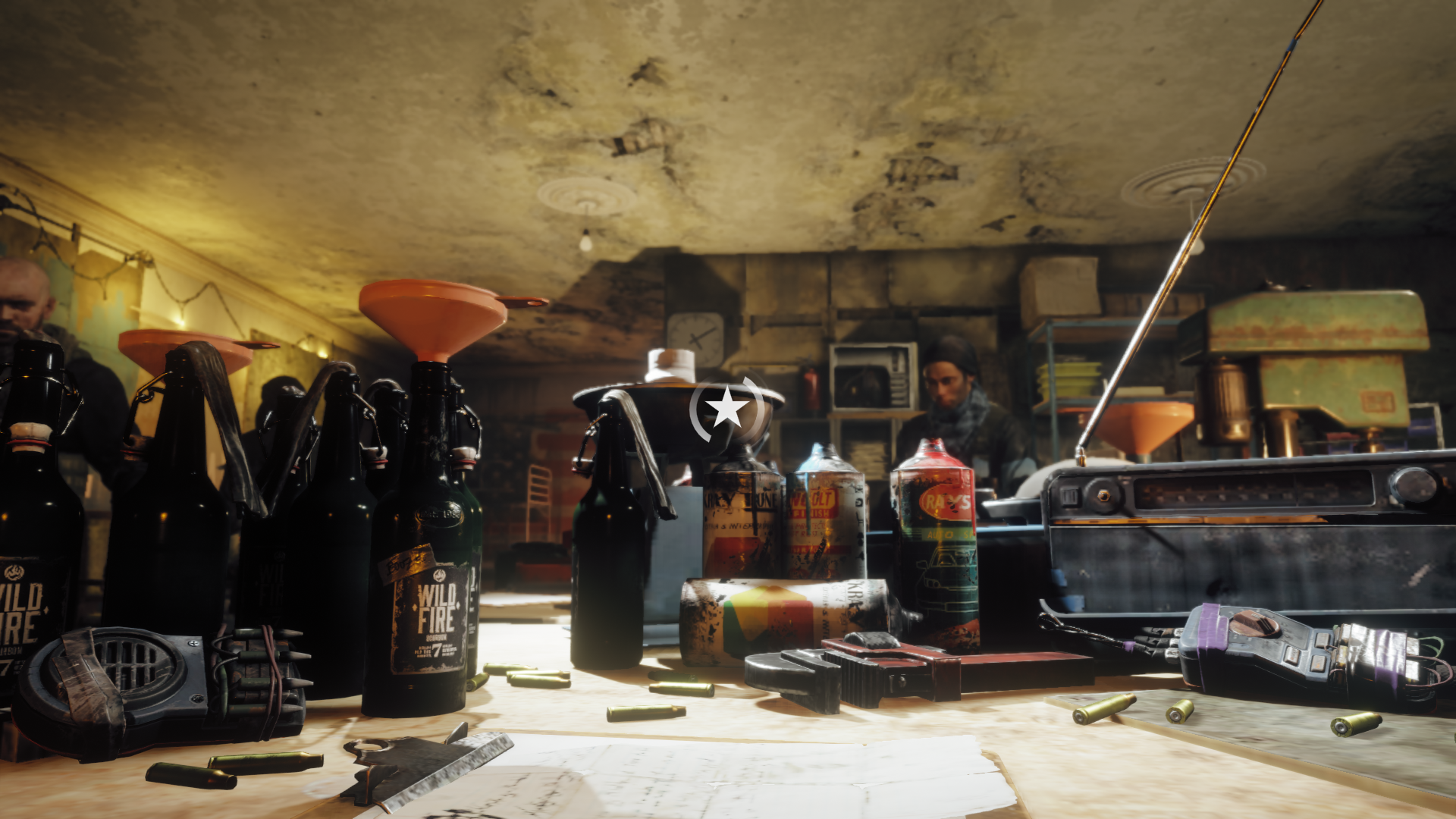
-
Homefront The Revolution Review 02
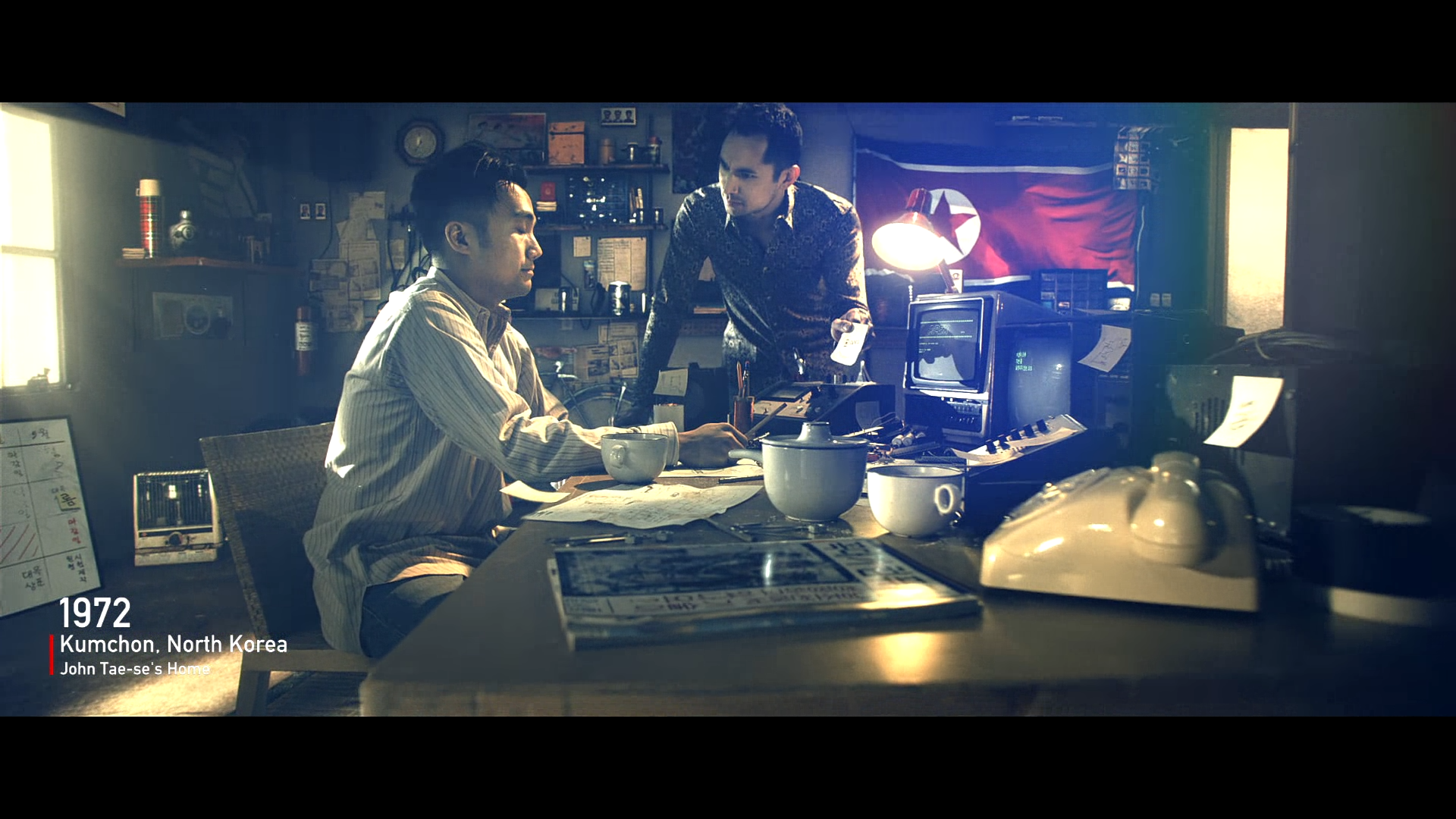
-
Homefront The Revolution Review 03
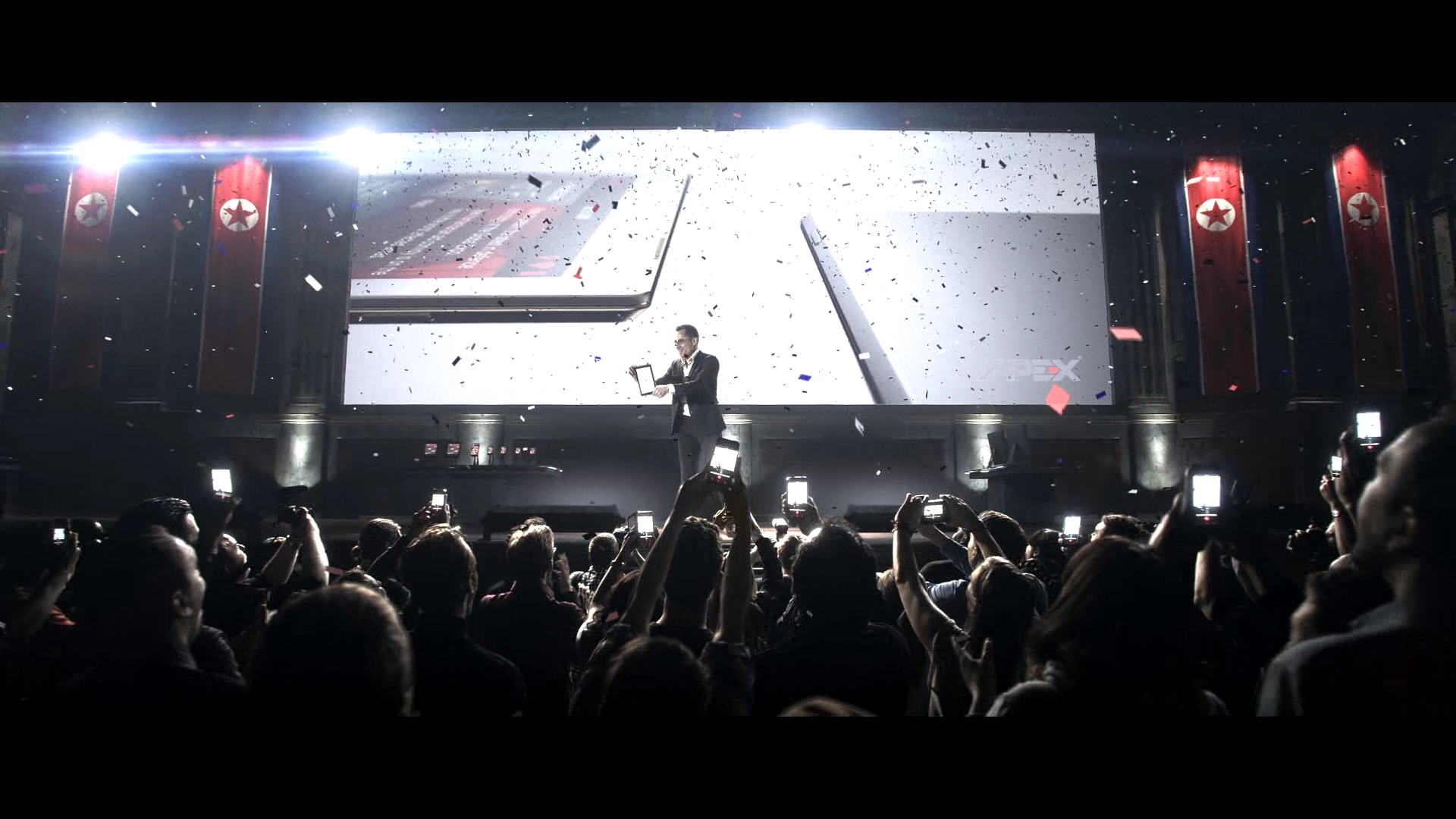
-
Homefront The Revolution Review 04

-
Homefront The Revolution Review 05
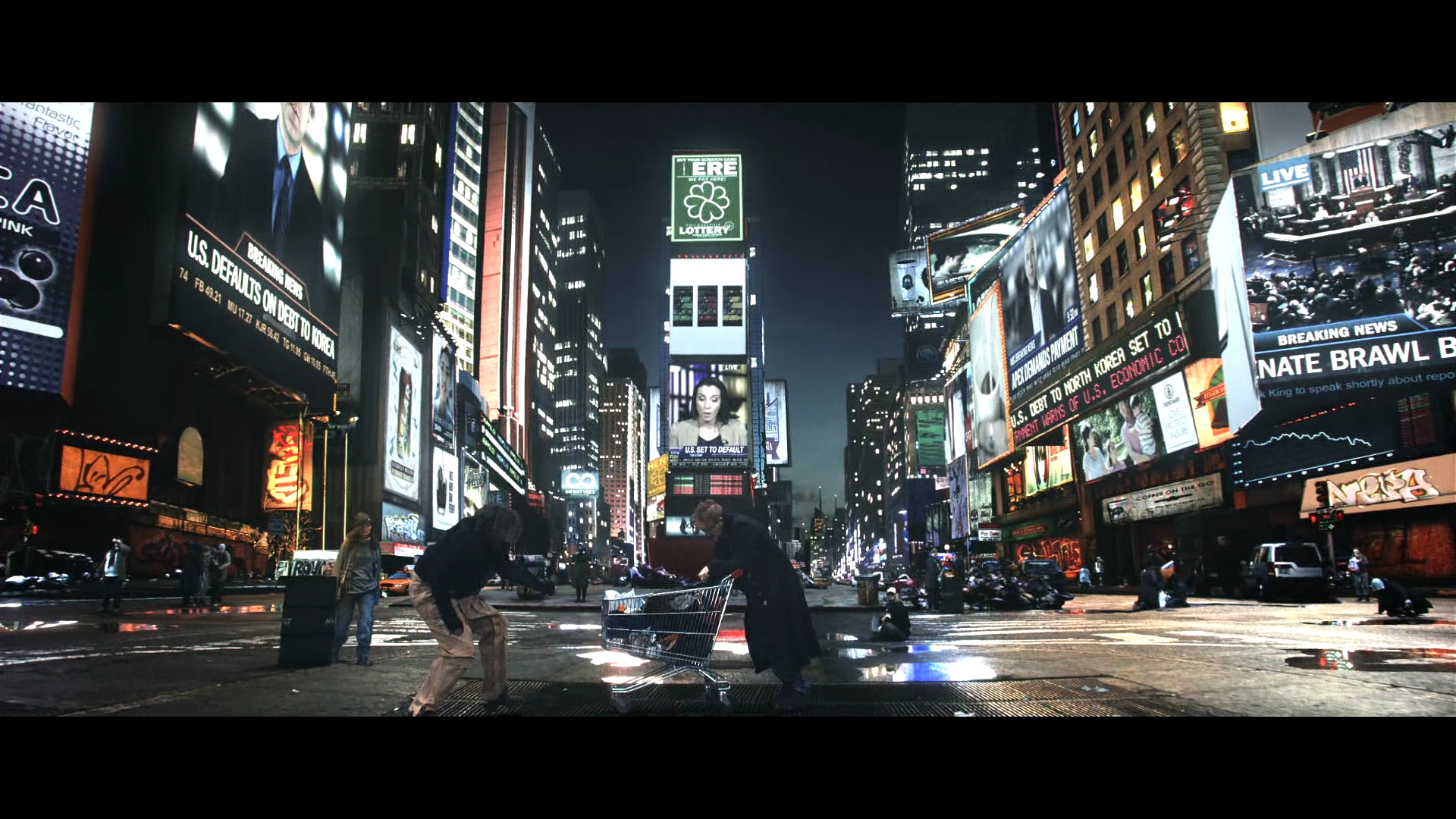
-
Homefront The Revolution Review 06
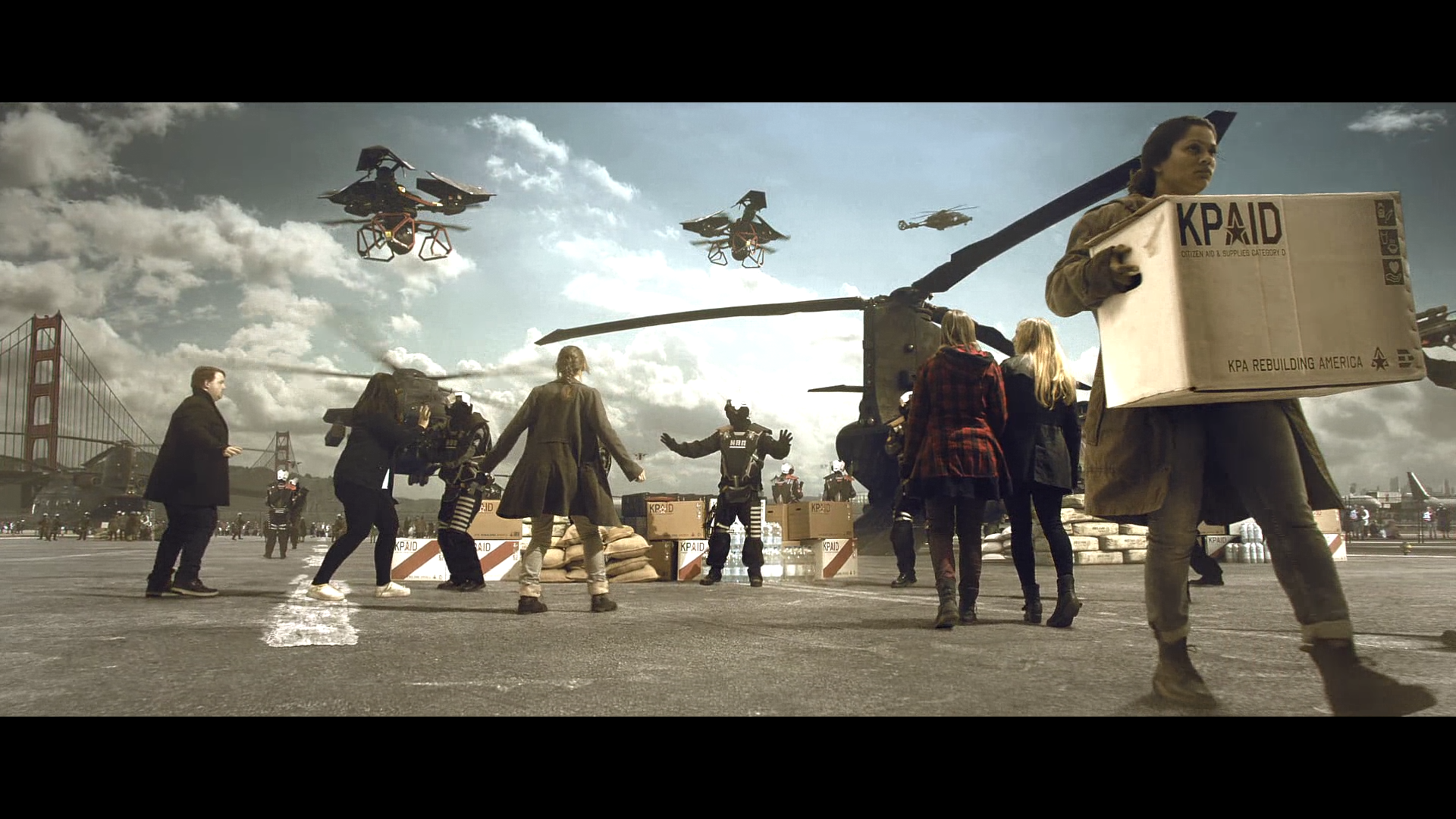
-
Homefront The Revolution Review 07
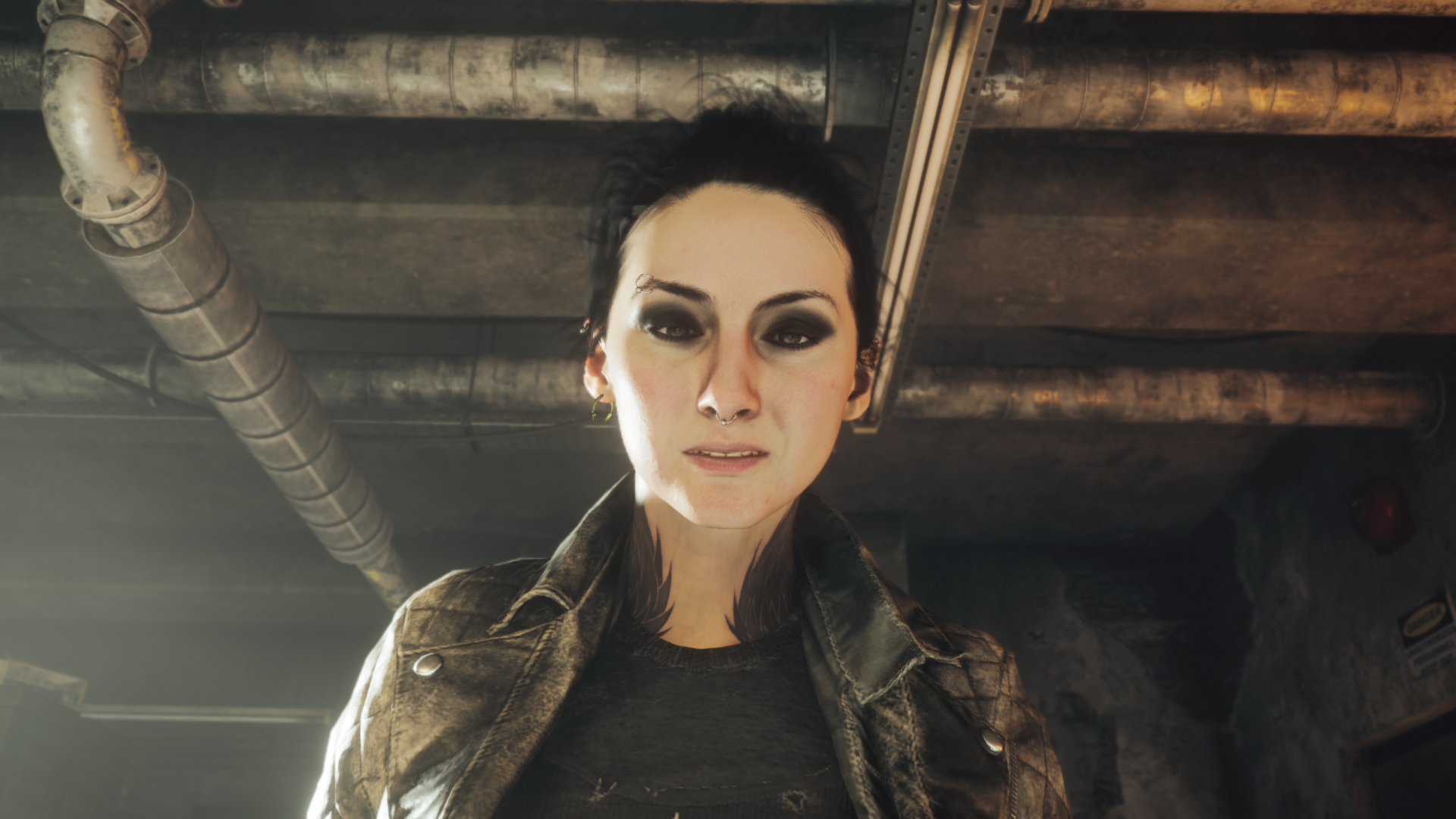
-
Homefront The Revolution Review 08
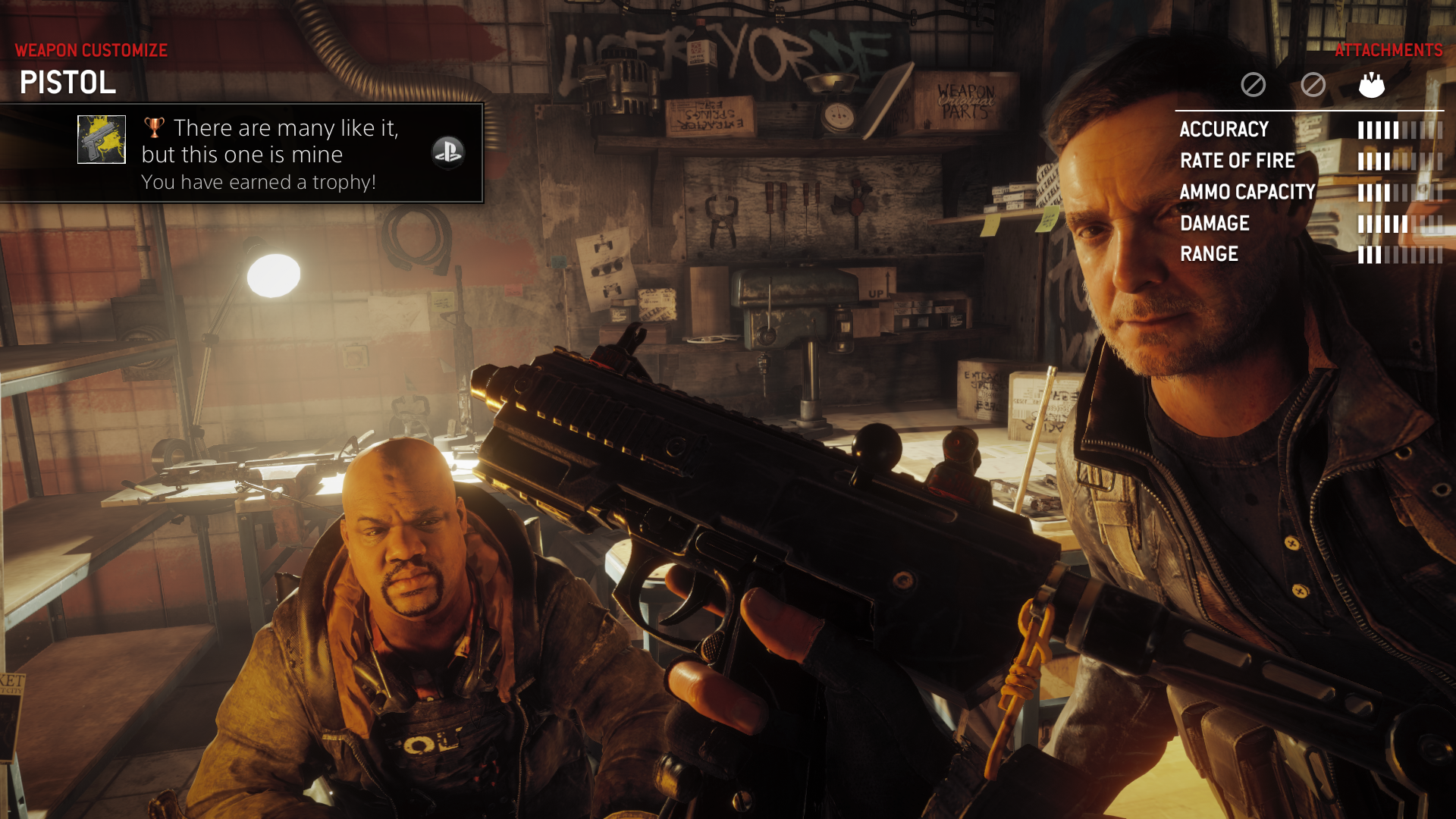
-
Homefront The Revolution Review 09
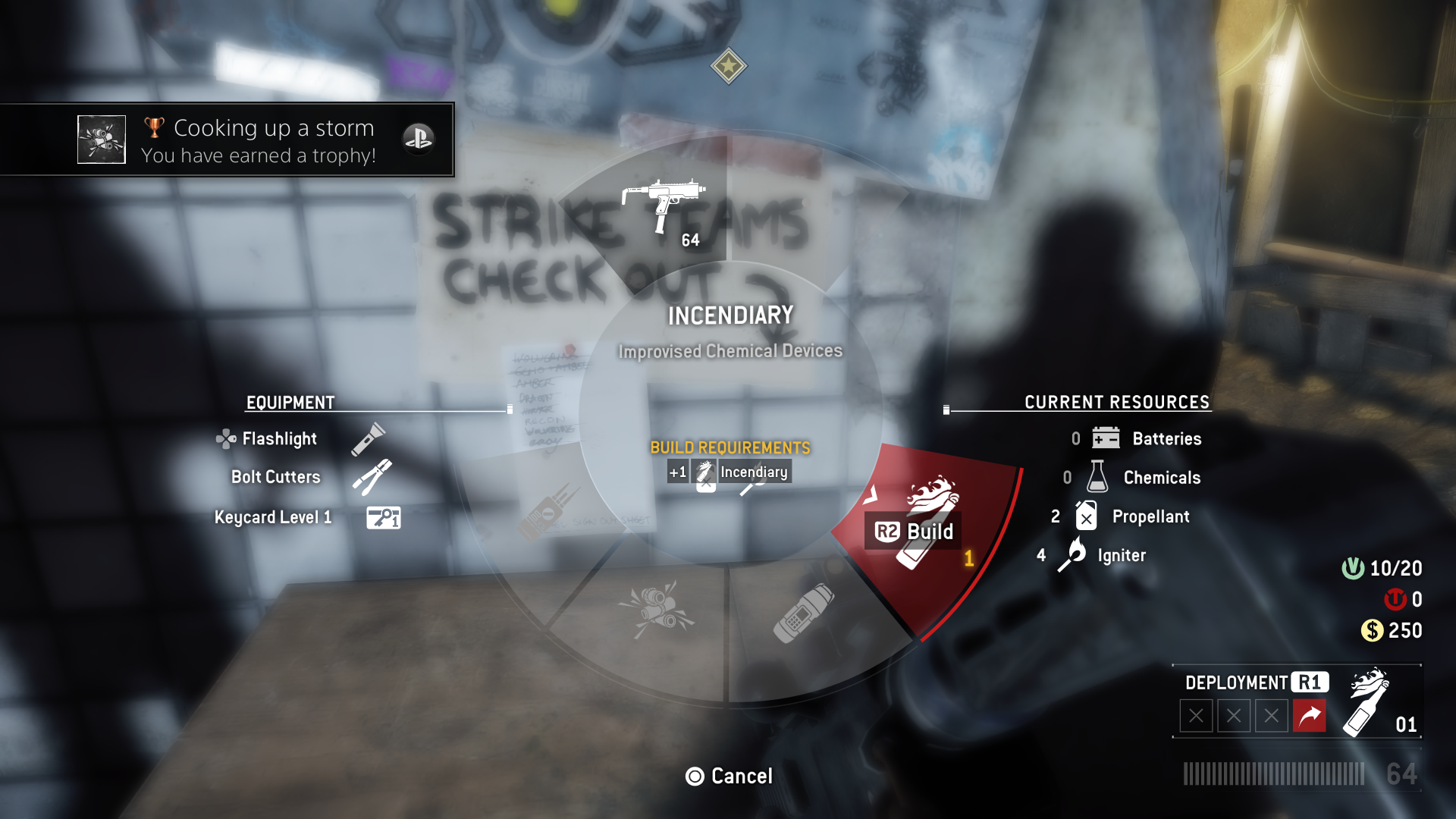
-
Homefront The Revolution Review 10
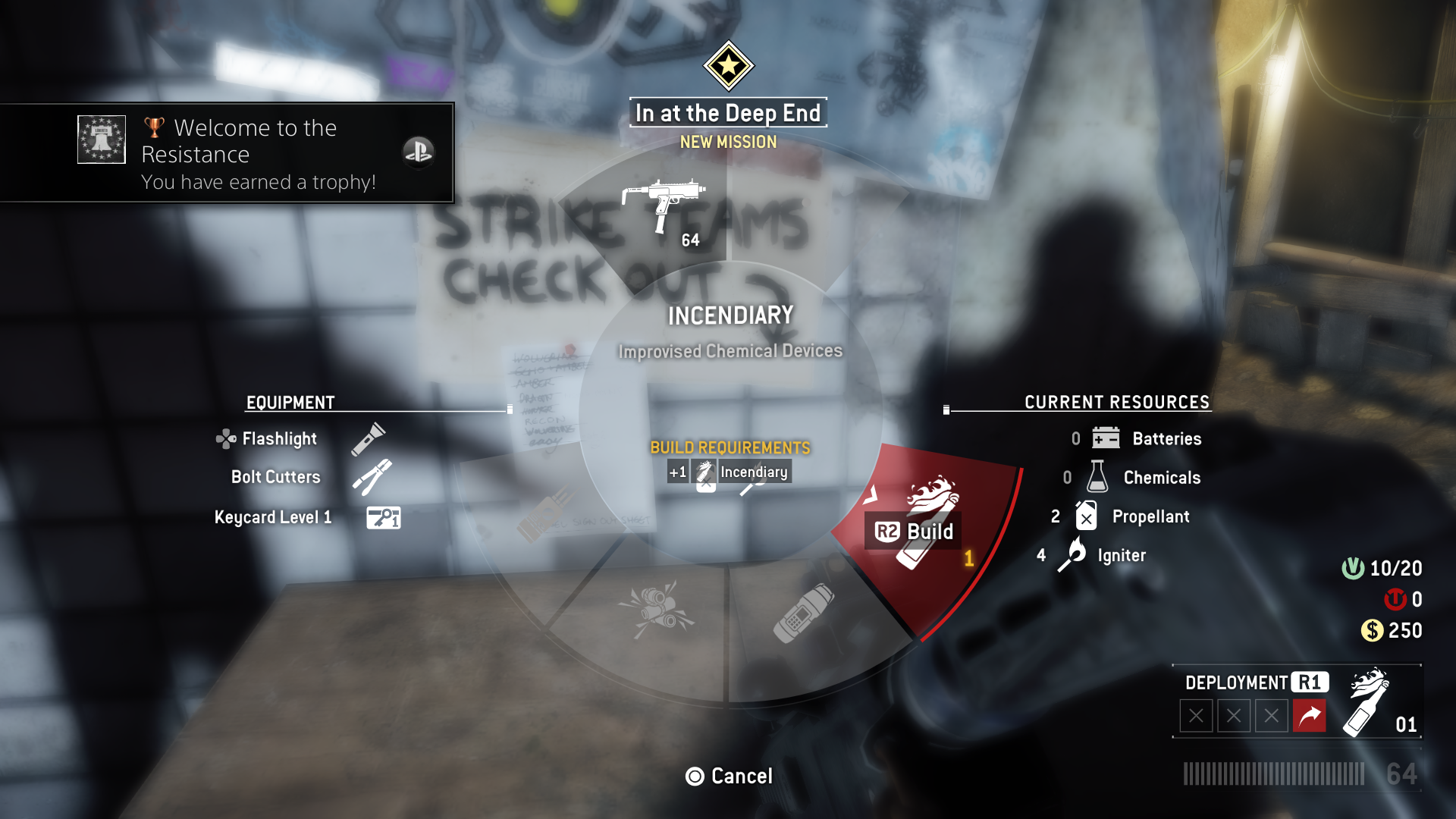
-
Homefront The Revolution Review 11
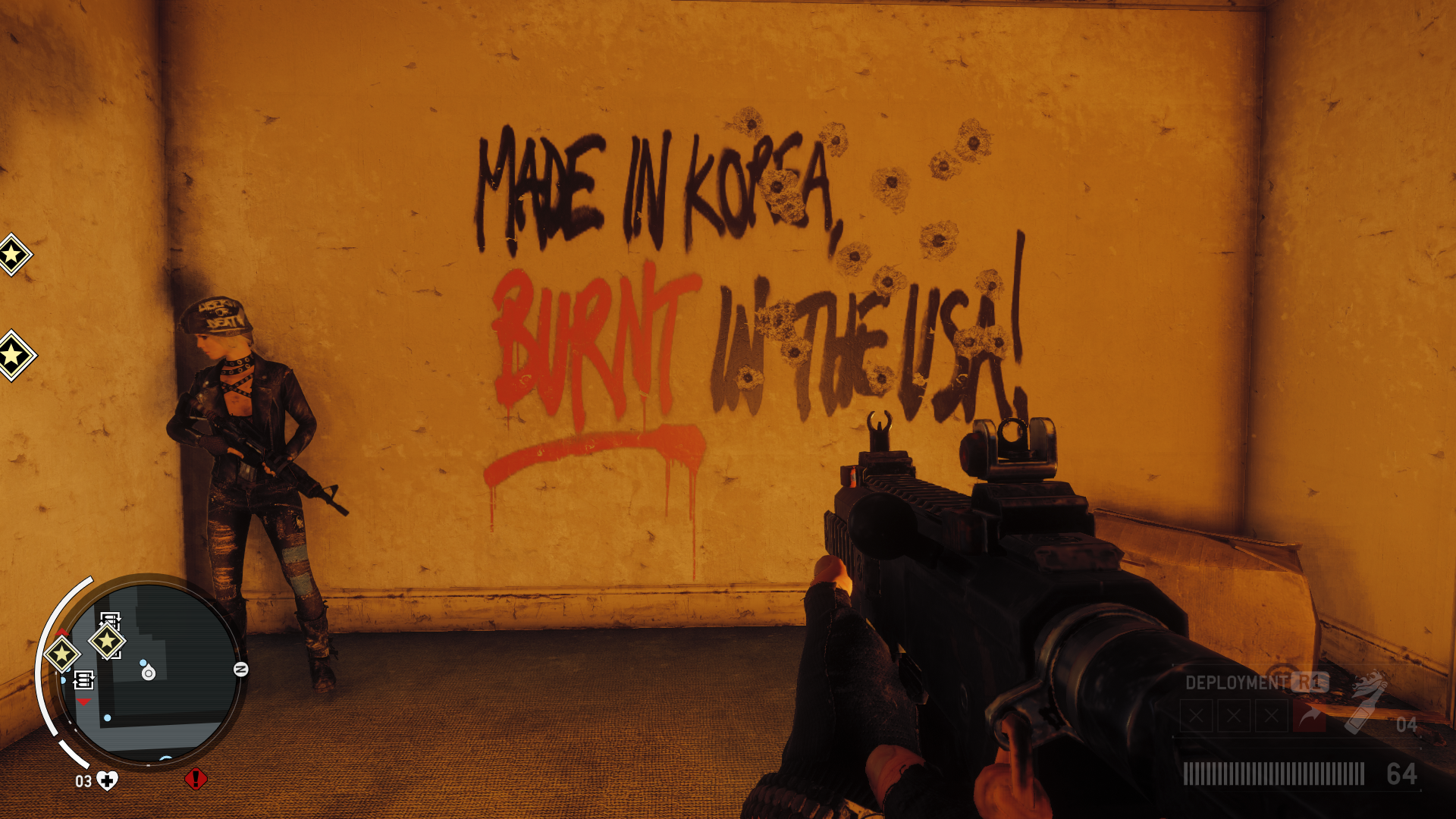
-
Homefront The Revolution Review 12
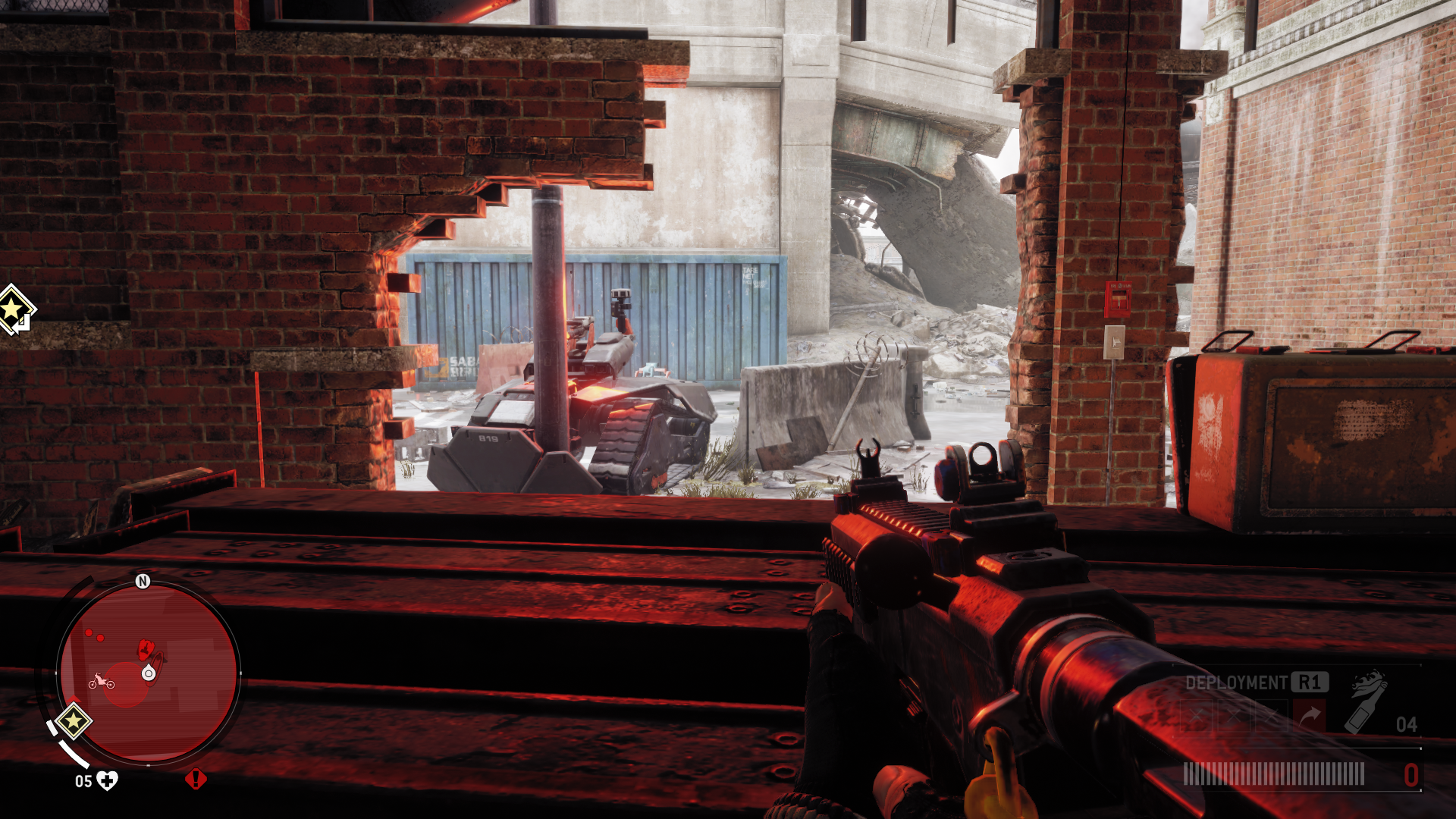
-
Homefront The Revolution Review 13
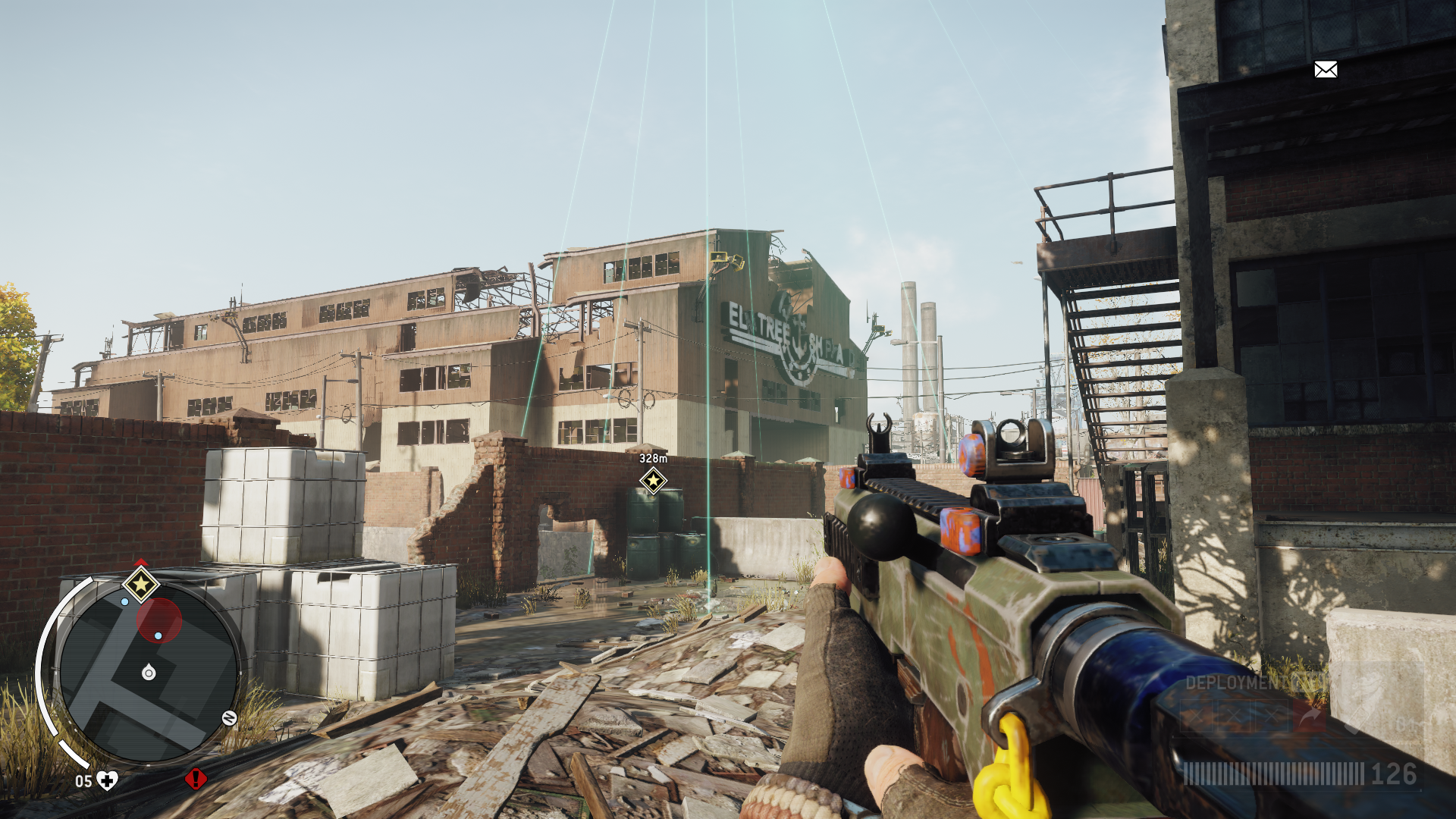
-
Homefront The Revolution Review 14
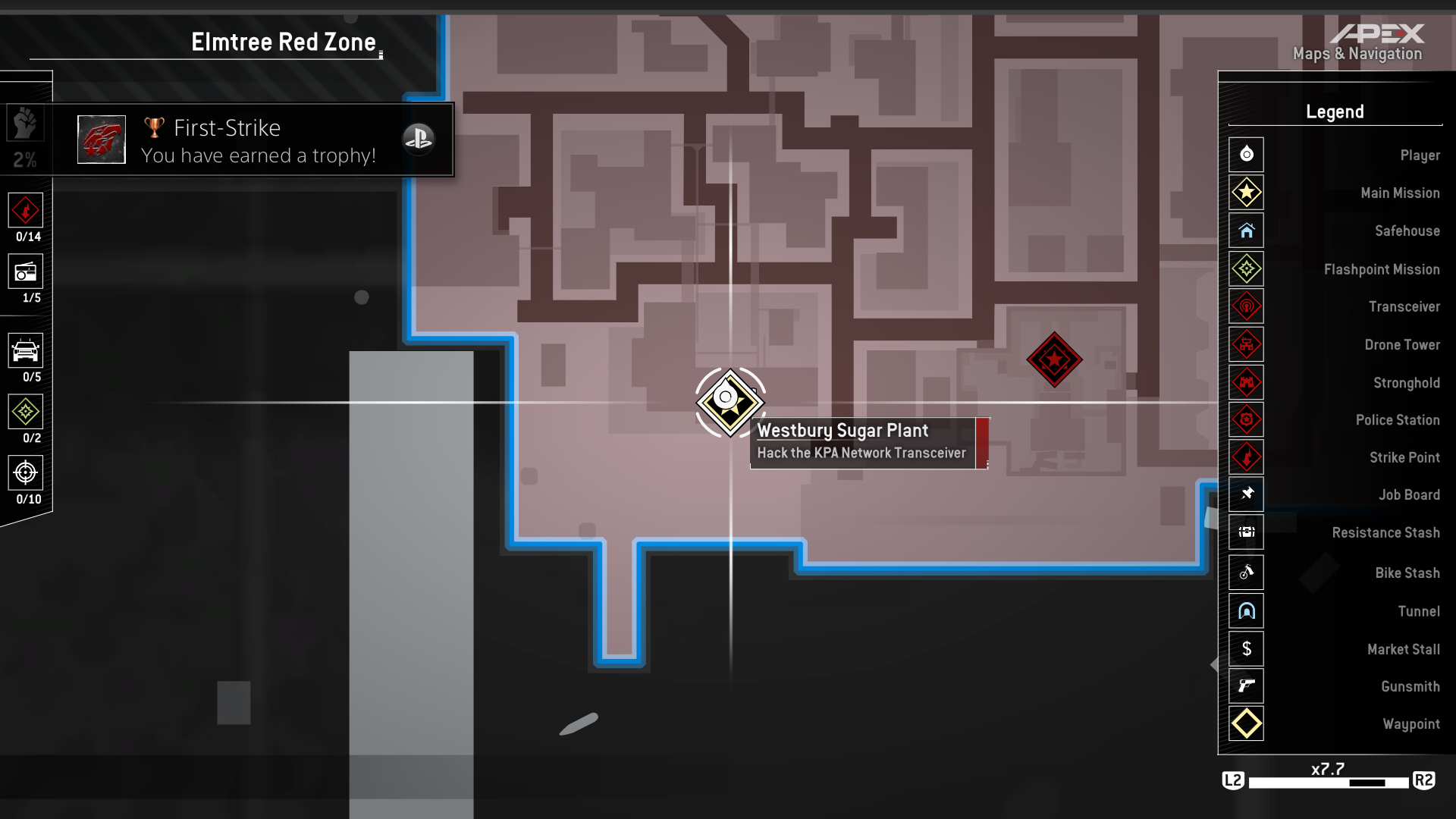
-
Homefront The Revolution Review 15
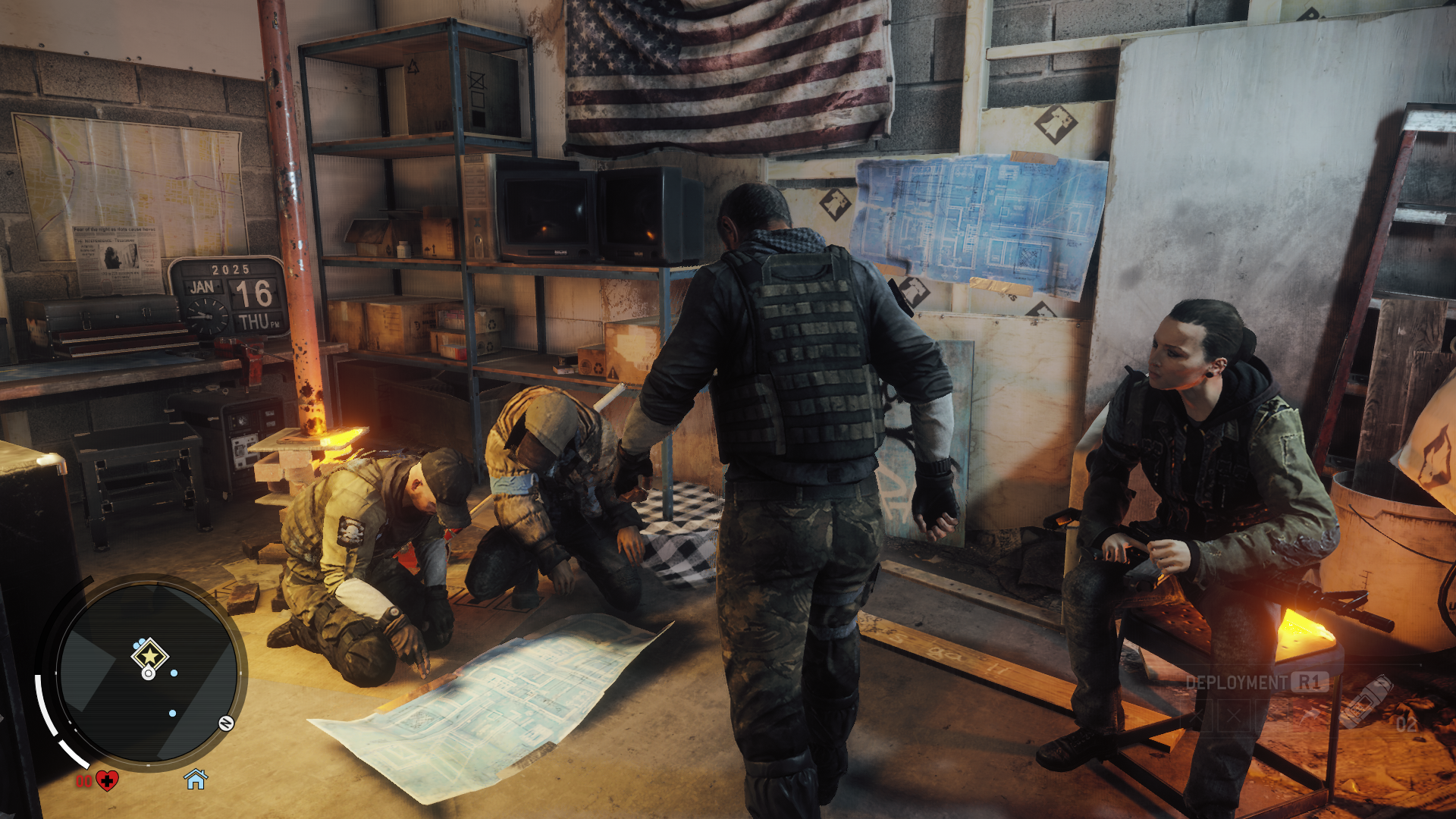
-
Homefront The Revolution Review 16
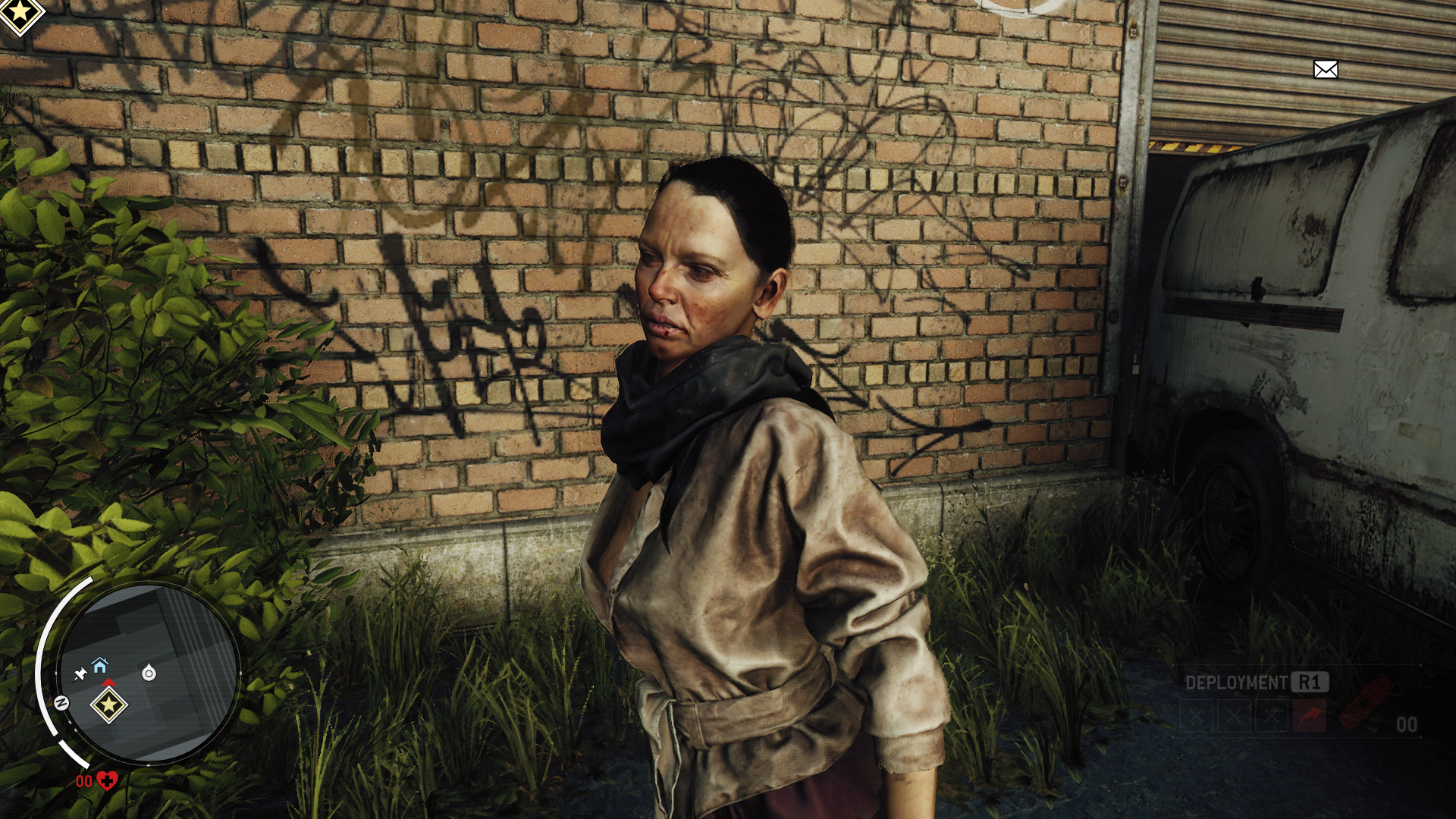
-
Homefront The Revolution Review 17
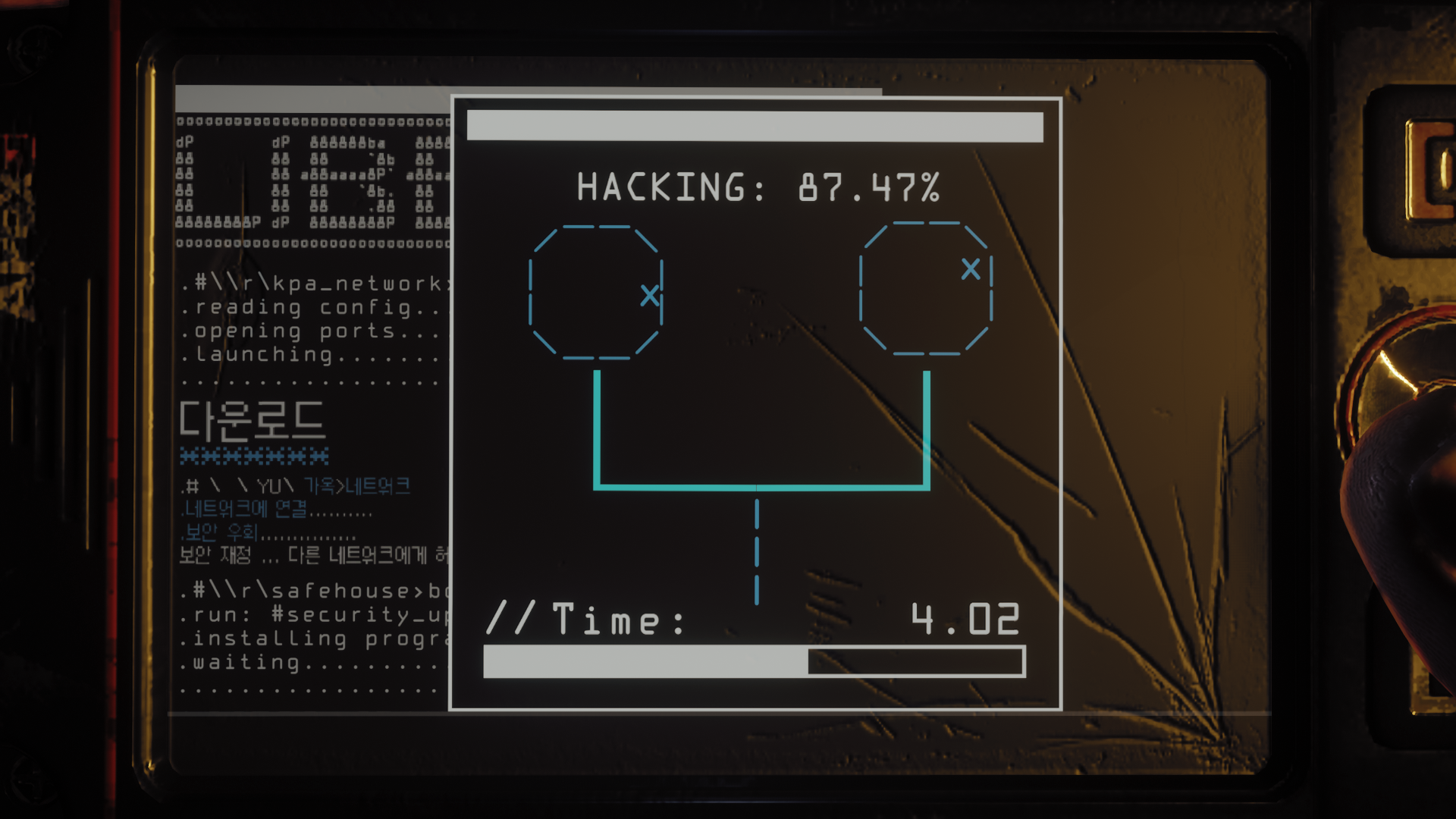
-
Homefront The Revolution Review 18
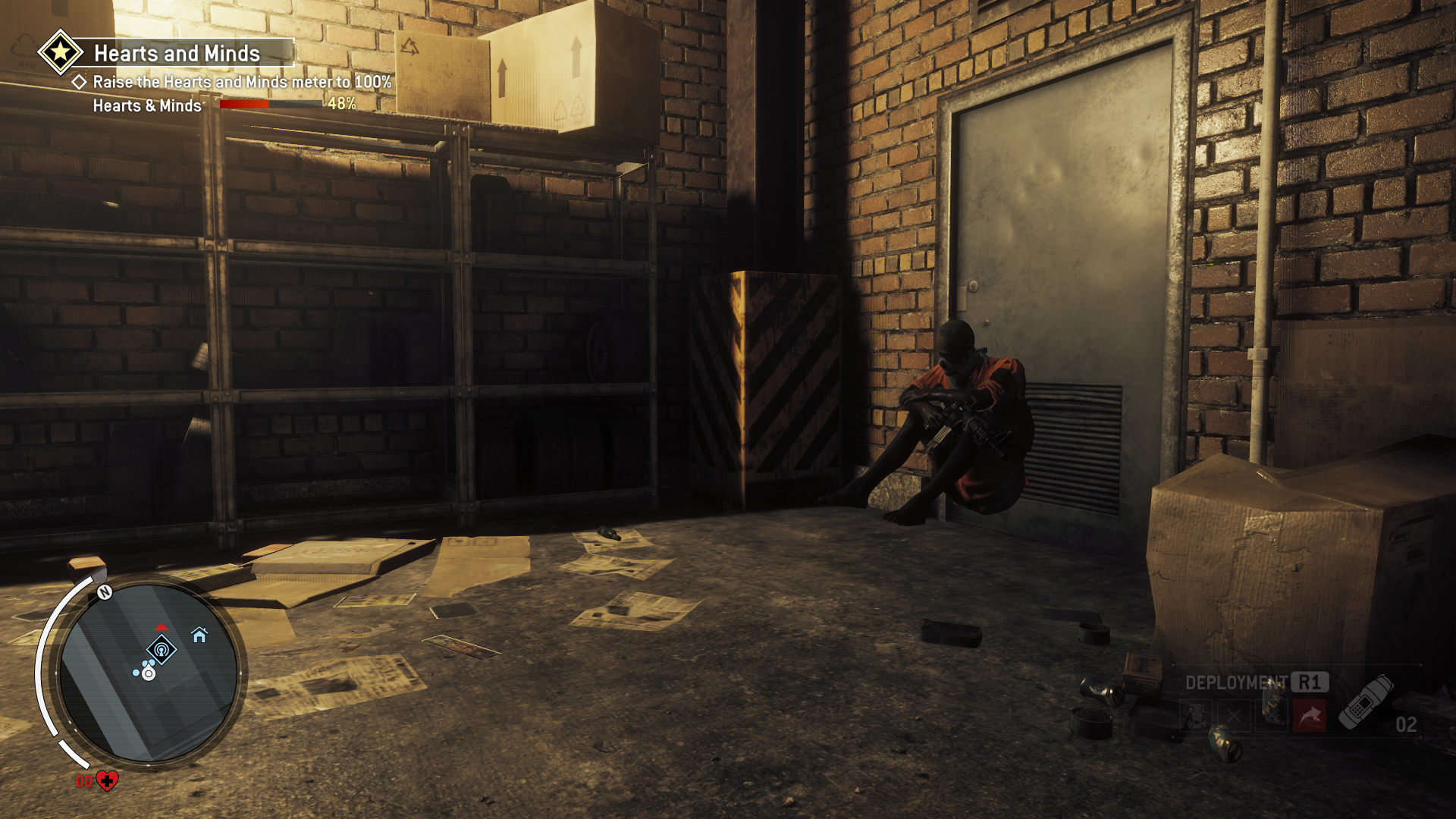
-
Homefront The Revolution Review 19
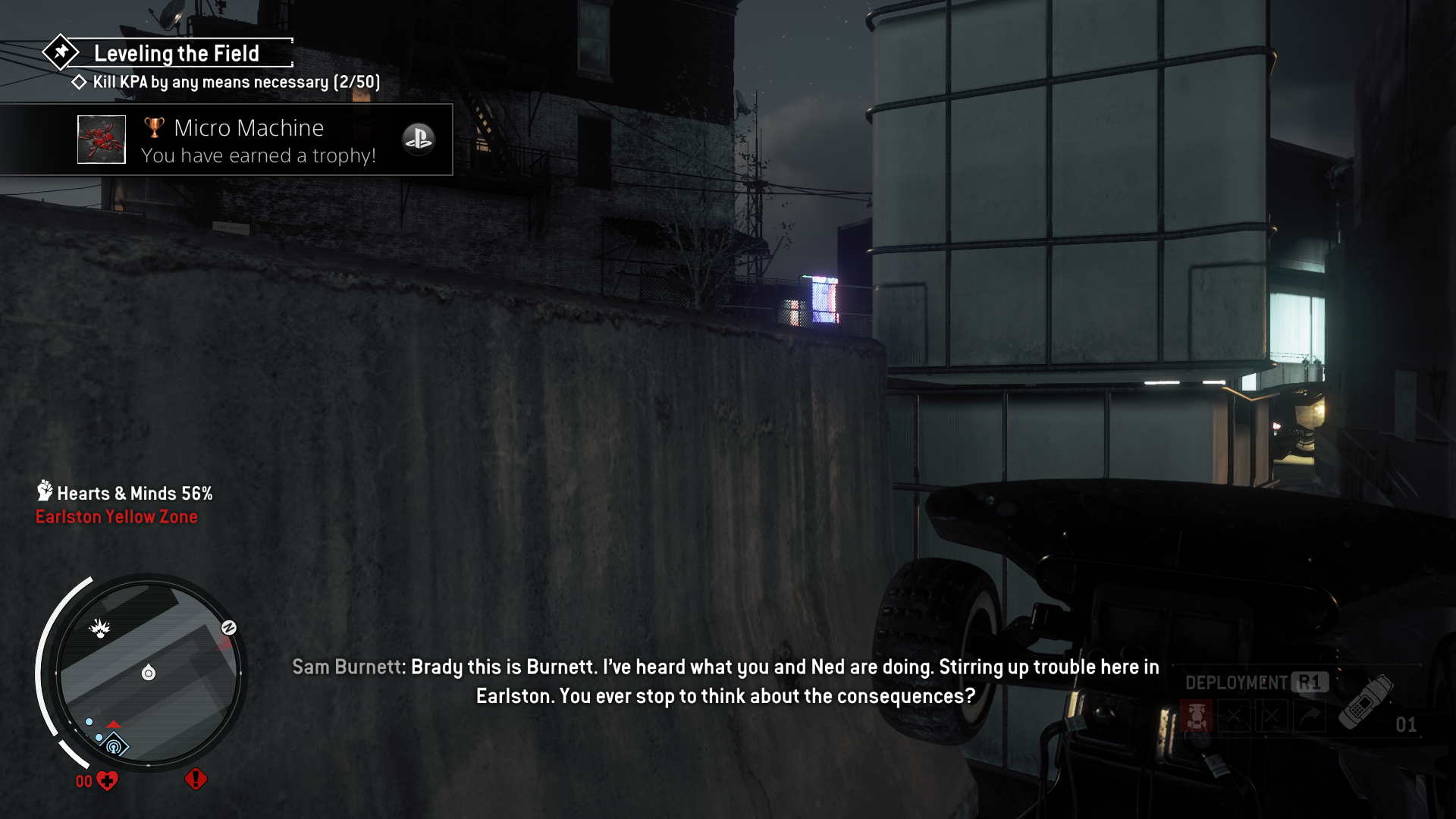
-
Homefront The Revolution Review 20
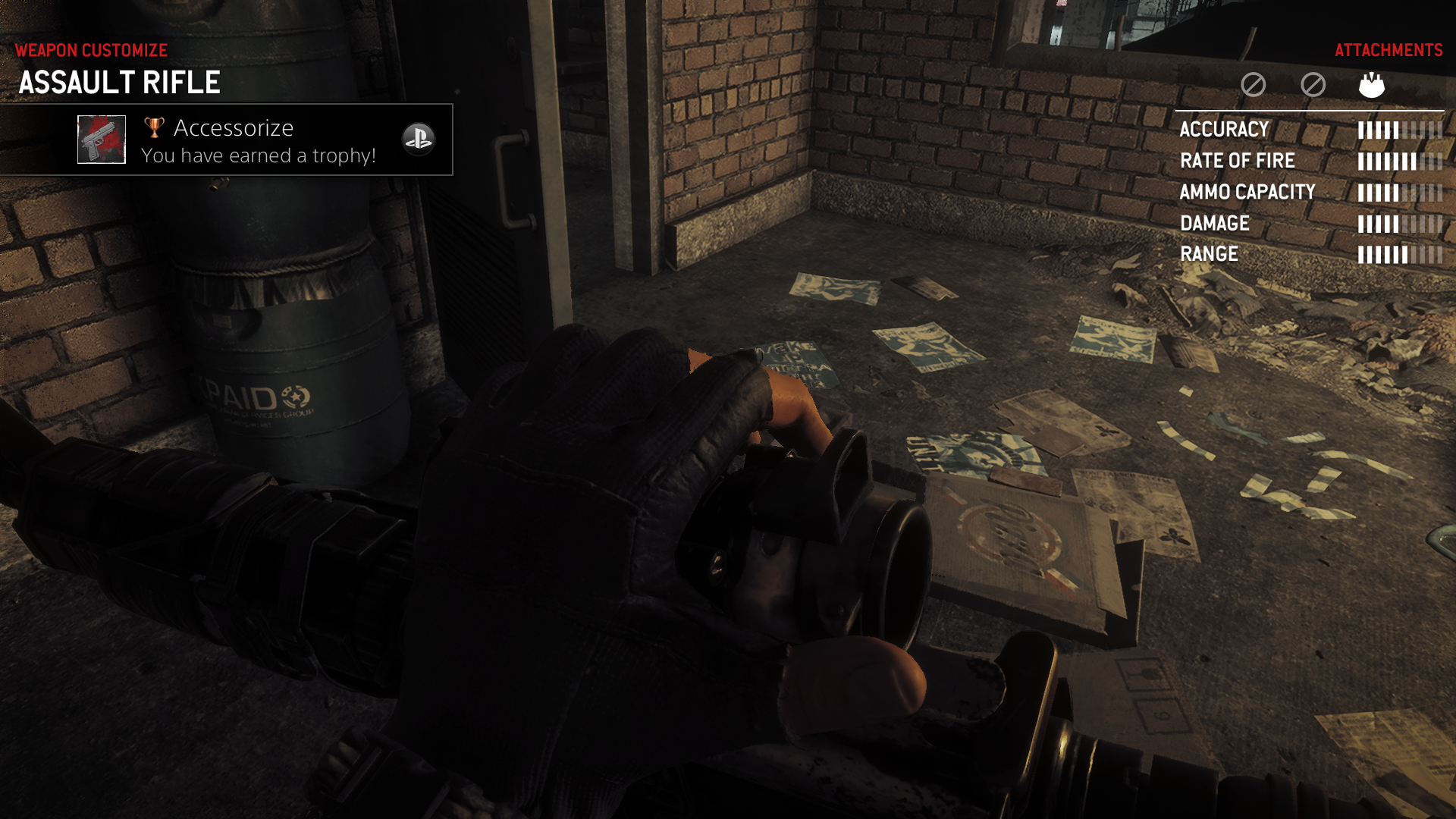
-
Homefront The Revolution Review 21
